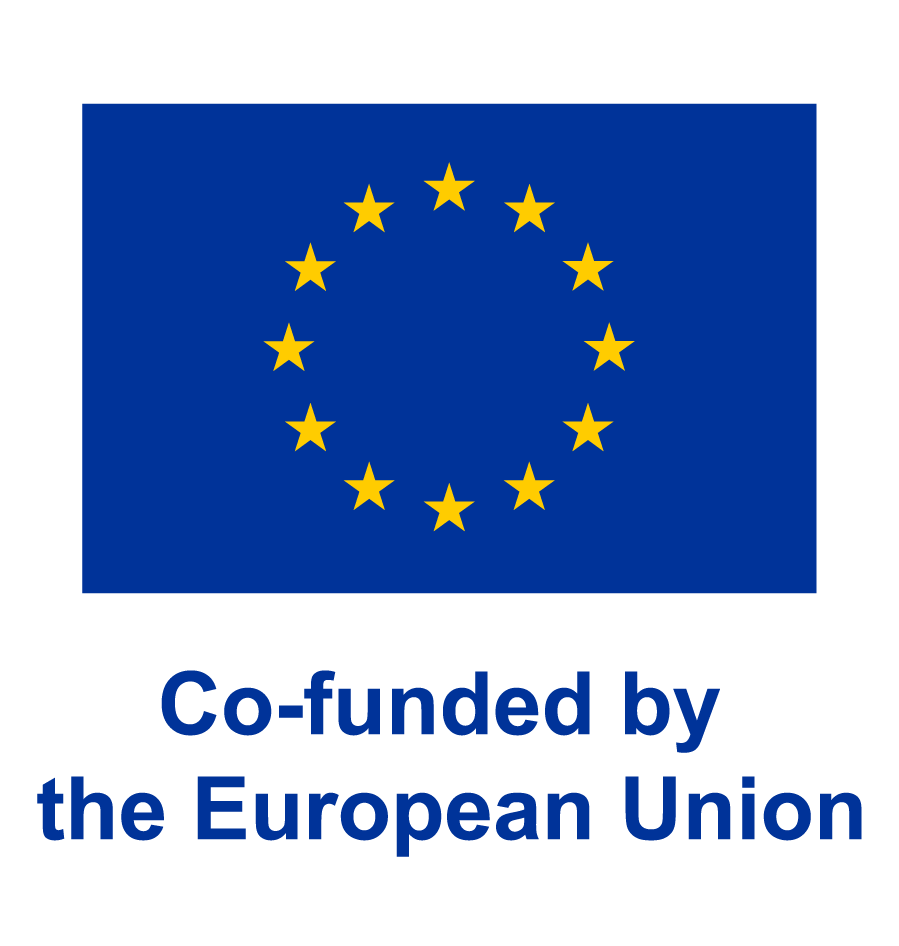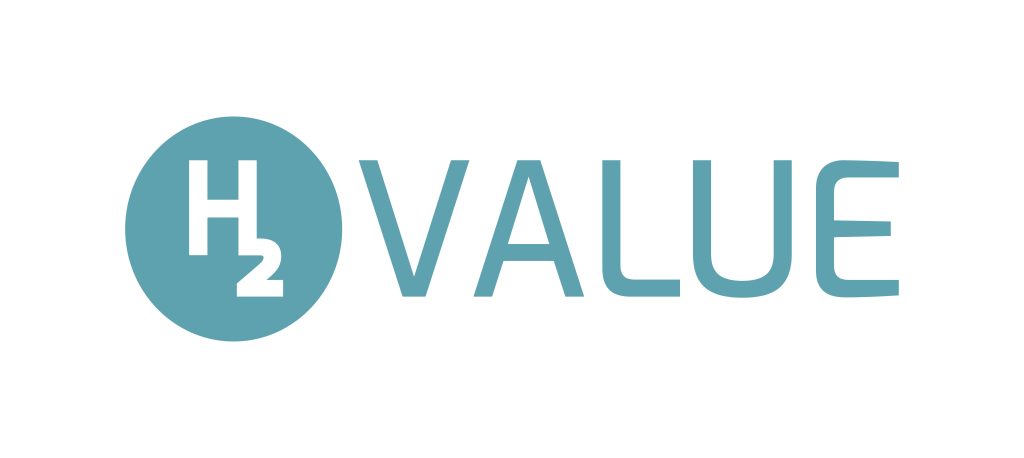In the middle of March, the mid-term meeting of the H2Value project took place in Tartu, Estonia. It was attended by project partners from Estonia, Latvia, and the Netherlands, together with the Project Adviser of the European Innovation Council and SMEs Executive Agency (EISMEA), I3 Instrument.
For more than a year, H2Value project partners have been working together. During this time, the planning tasks for developing the hydrogen value chain have been carried out – planning and calculating a green hydrogen production system, developing a technical and logistical plan for logistics for transporting green hydrogen from Tartu to the test site in Latvia, and planning hydrogen consumption. The project has reached the phase where the following steps will be taken to implement the pilot solutions themselves, allowing testing of the potential of green hydrogen in the transport sector. It should be emphasized that hydrogen is the lightest and most abundant element in the universe. That is why the H2Value project partners are very patient and skillful in their calculations and planning work to implement the project activities successfully.
Although the first hydrogen fuel cell car was created in 1966, called the “Electrovan,” developed by General Motors, green hydrogen technology in the transport sector is still relatively new compared to conventional fossil fuel-based transportation systems. As the world seeks cleaner alternatives to fossil fuels,
interest is growing these days from automakers, governments, and industries in hydrogen as a clean energy carrier for transportation, driven by the need to reduce greenhouse gas emissions and air pollution from the transport sector. This has led to the announcement of ambitious hydrogen strategies and commitments to scale up hydrogen infrastructure and deployment.
“The H2Value project covers the entire value chain, and we depend on each other. A joint effort is required to complete the project tasks and overcome hydrogen-related challenges,” said Ain Laidoja, Managing Director of the Estonian Association of Hydrogen Technologies. The discussions in Tartu underscored both the immense potential and the complex challenges inherent in integrating green hydrogen into the transport sector. In our region, where hydrogen technologies are something new, the challenges have been caused by the non-existent infrastructure and technologies that would suit a particular user’s needs. This is quite a challenge for the H2Value project as well, as the number of pilots and hydrogen consumption of the planned vehicles will be small compared to other countries where hydrogen buses have been seen on the streets for several years. However, the H2Value team consists of knowledgeable and committed project partners who see hydrogen as a great potential and opportunity in their region.
Recognizing the collective effort required to realize the full potential of green hydrogen in transportation, participants emphasized the importance of collaboration across sectors. Public-private partnerships, academic collaborations, and international cooperation were highlighted as essential pillars in advancing the agenda of sustainable mobility.
We invite you to follow the news of our project on the created LinkedIn profile @H2VALUE PROJECT
Our official project webpage: https://www.h2value.eu/






